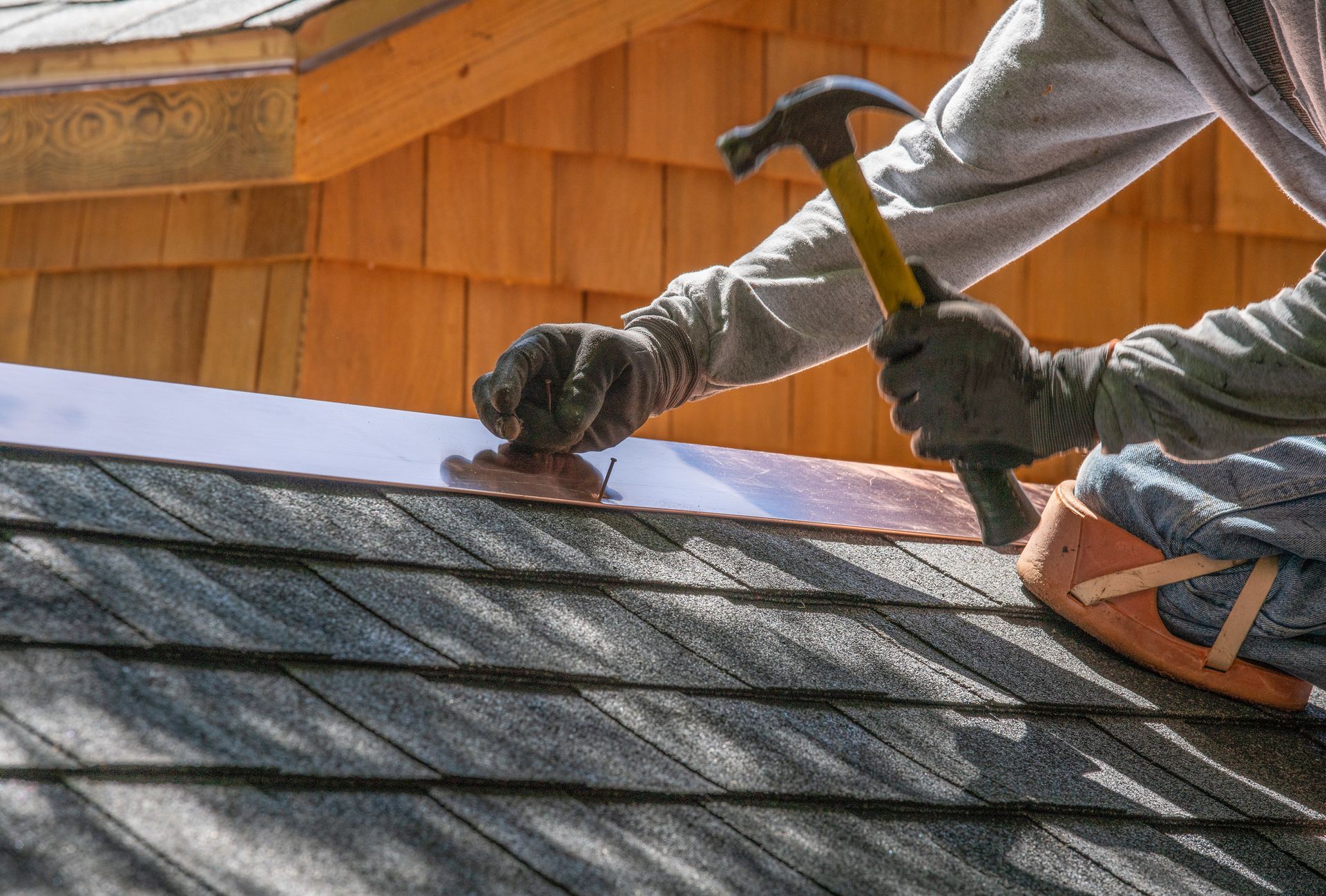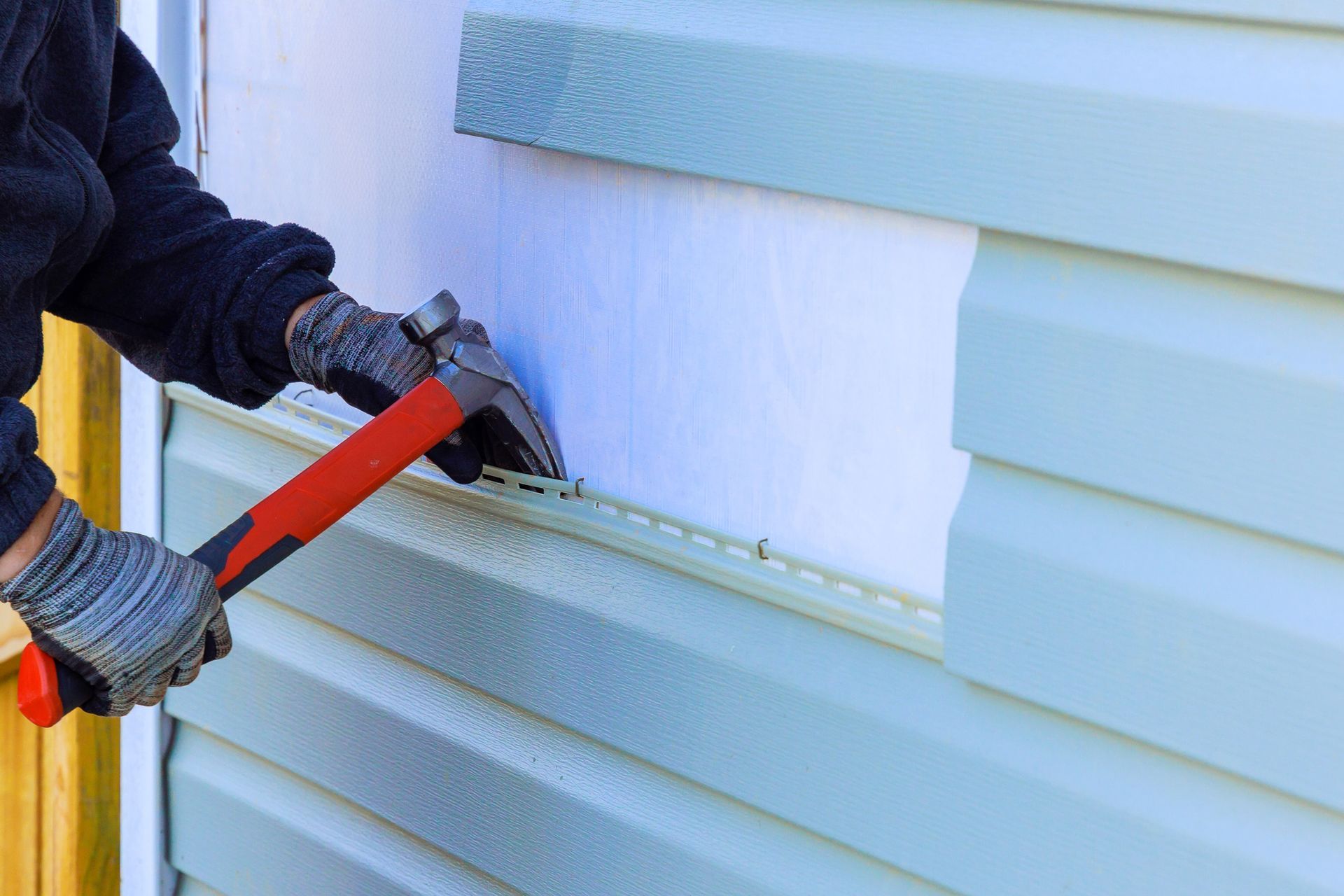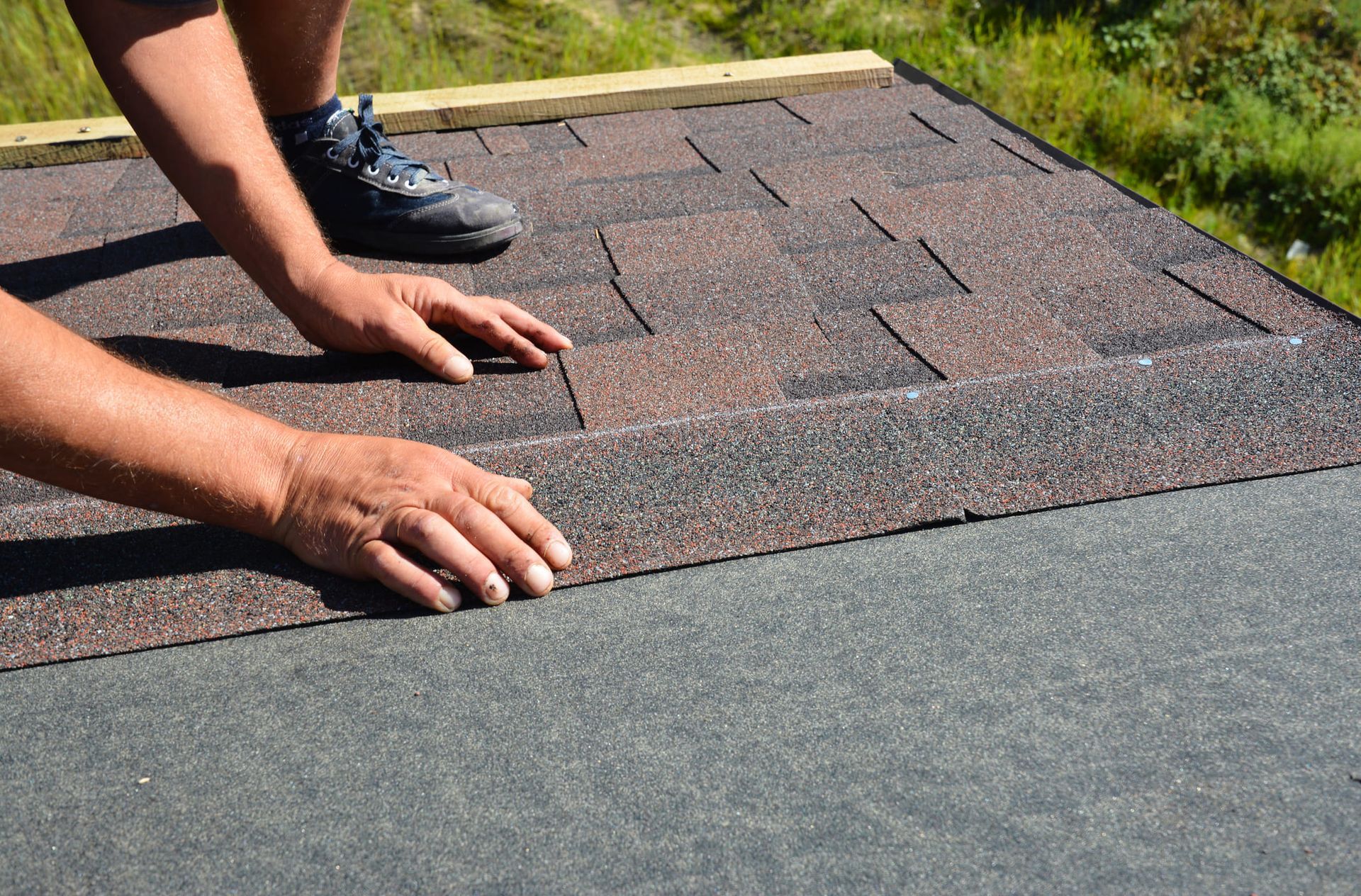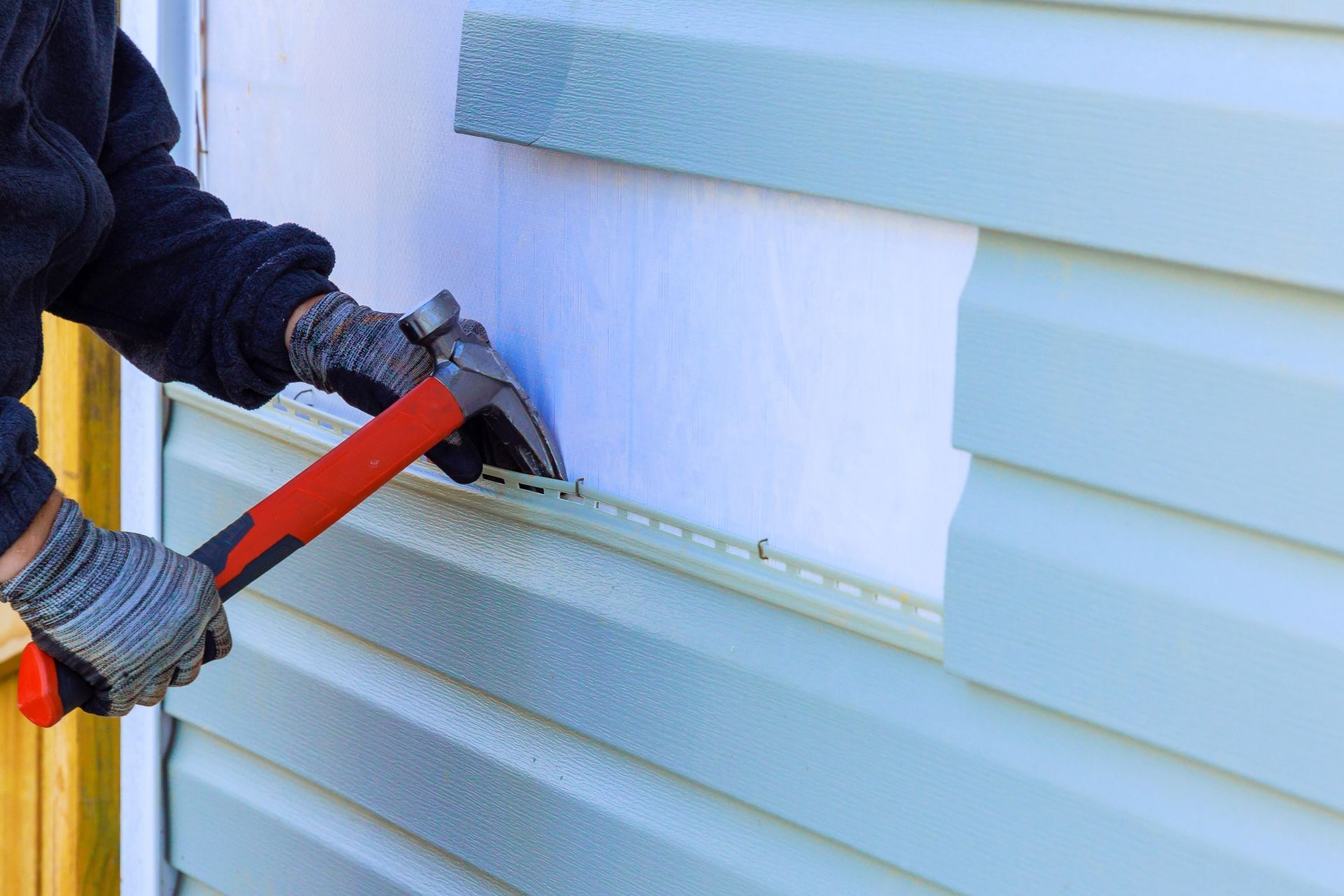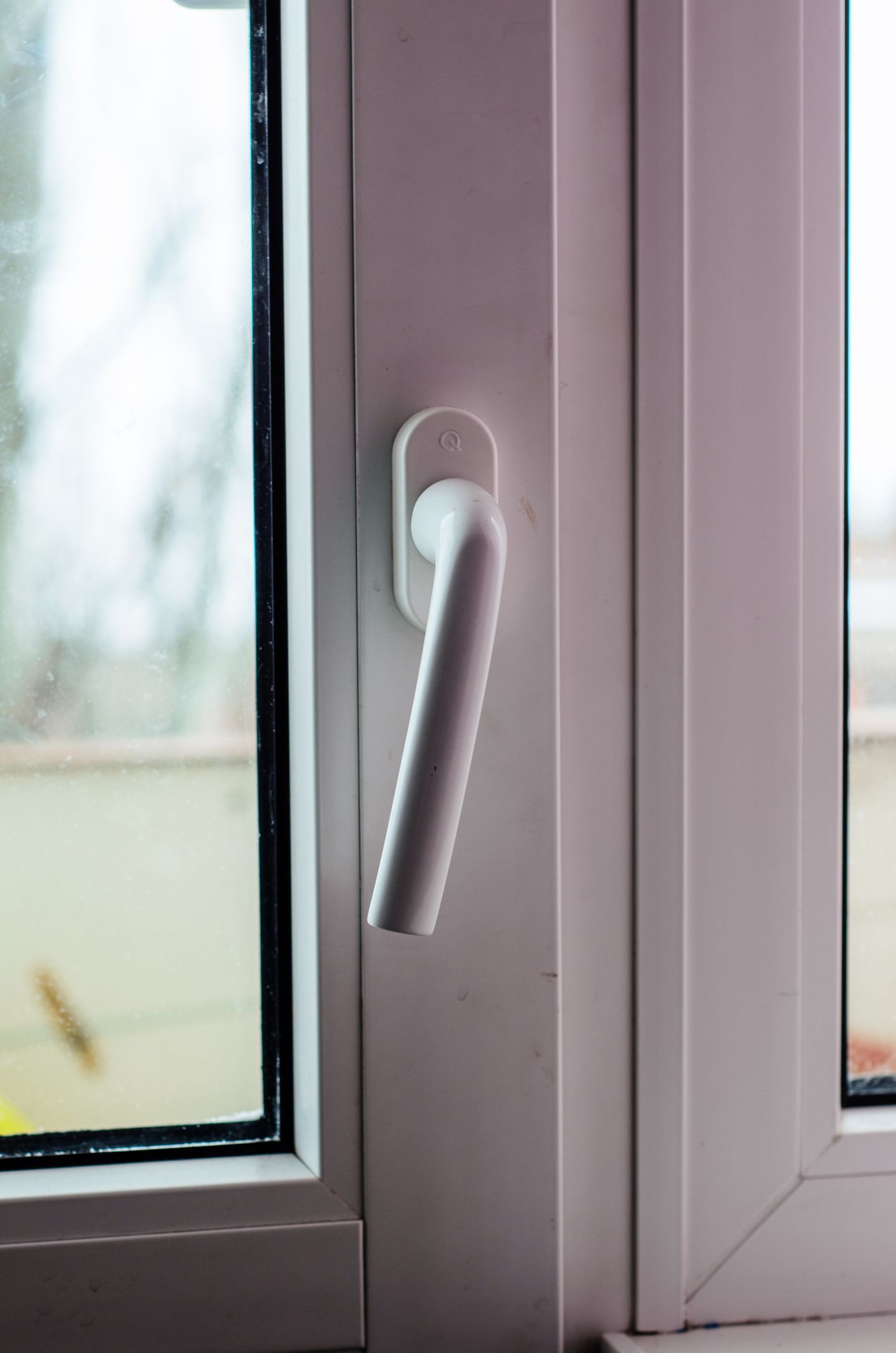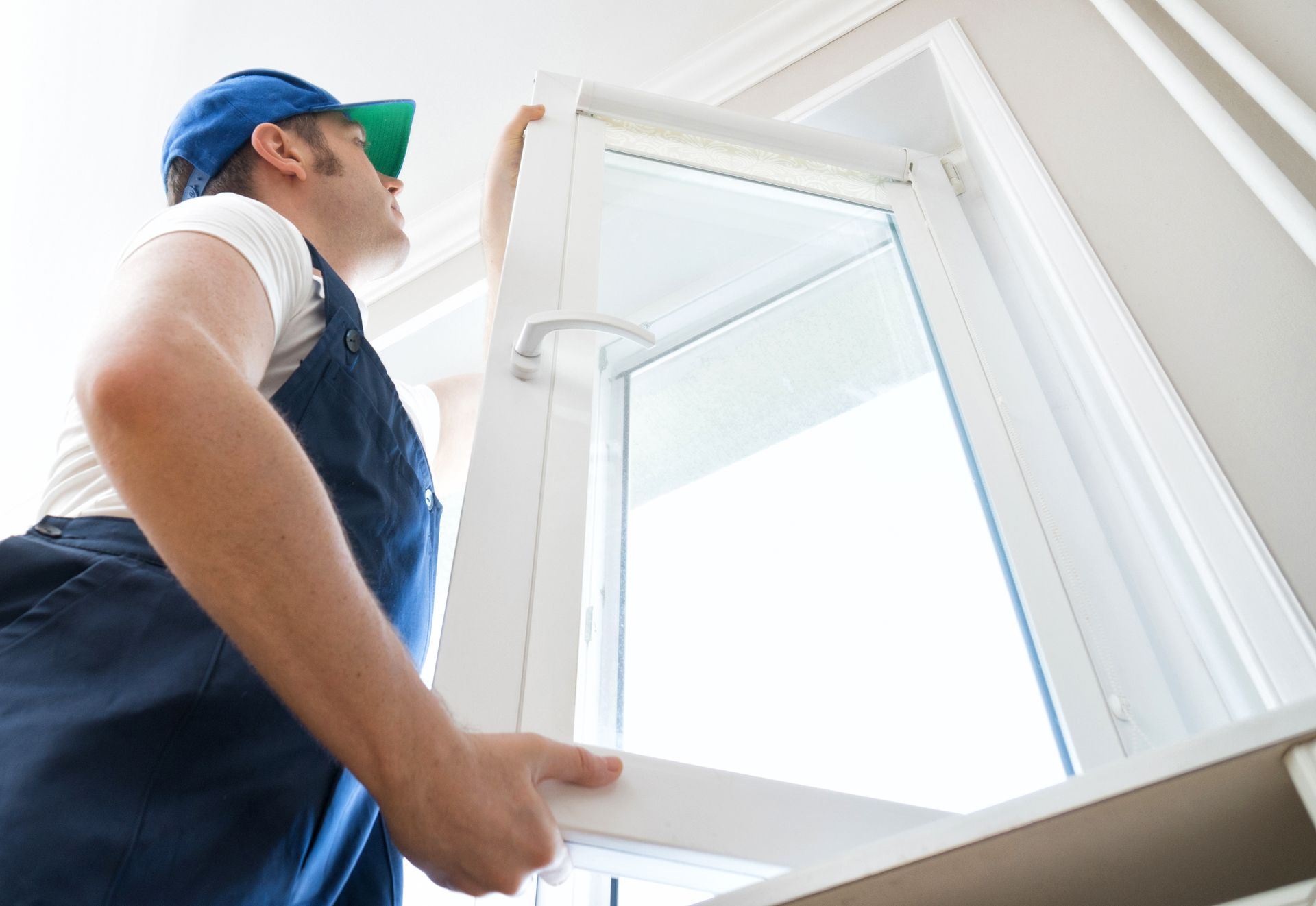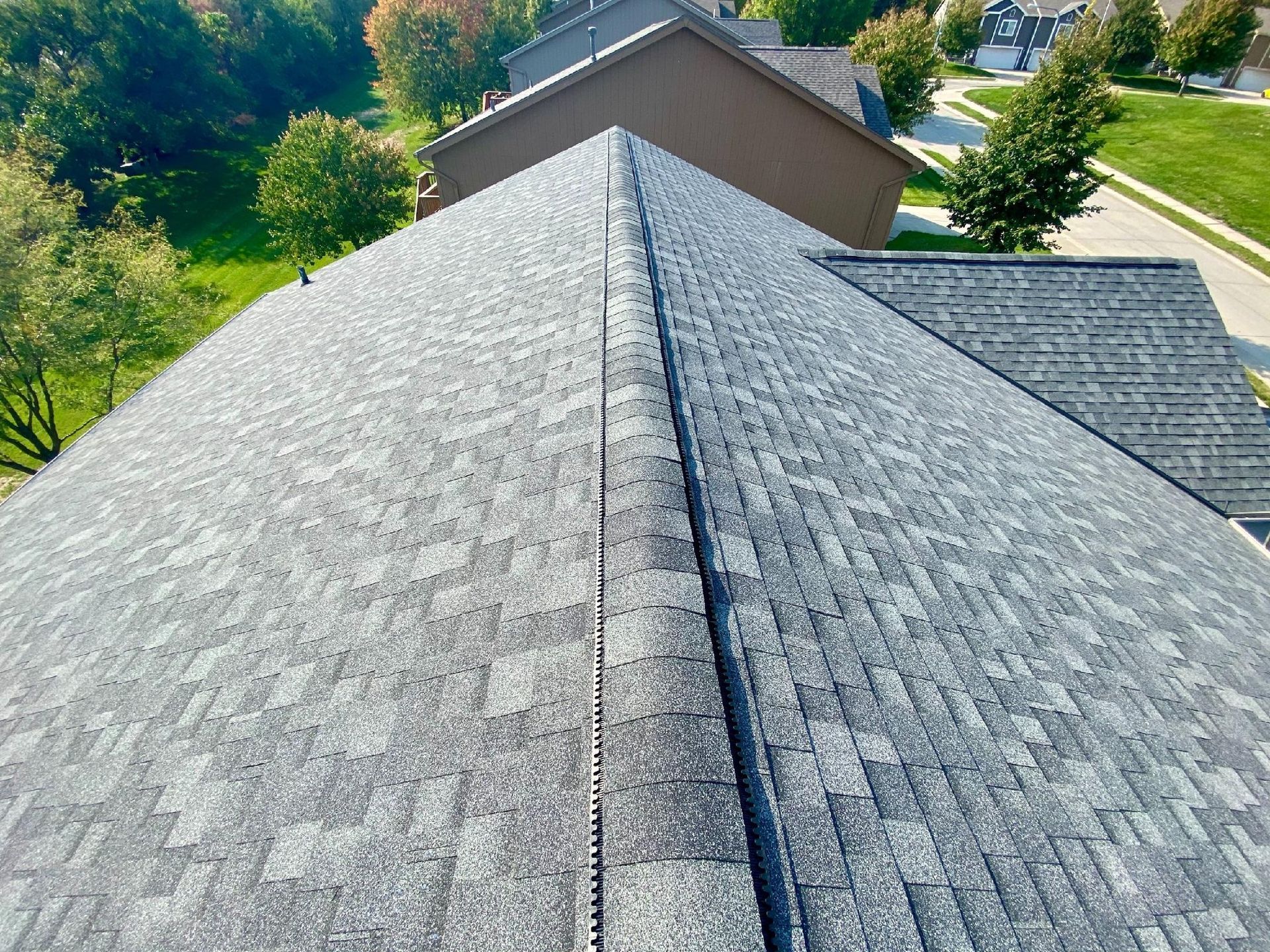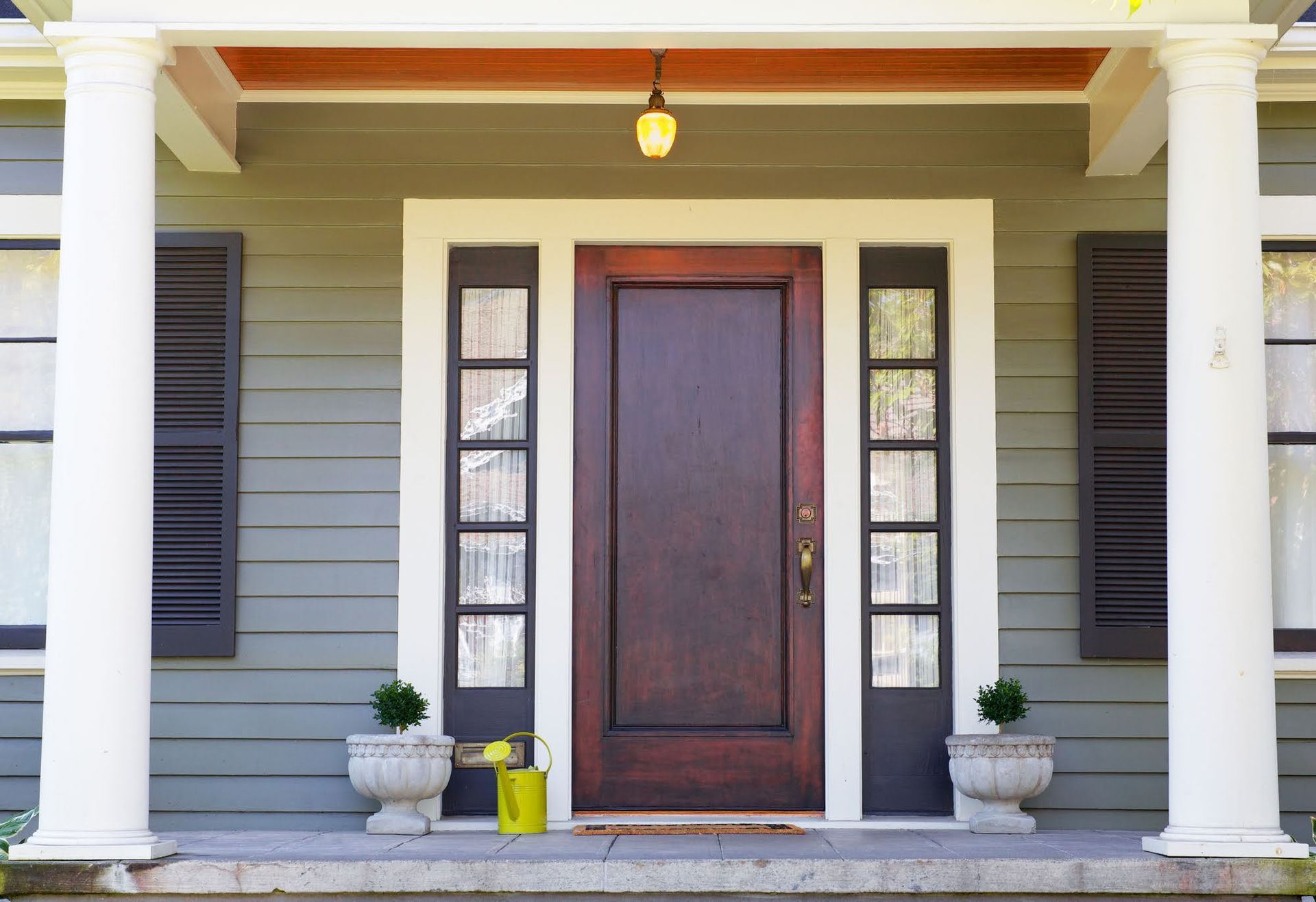Spring Storm Damage? Here’s What to Do.
Spring has sprung, and the possibility of intense storms increases as the days get warmer. We can’t change the weather, but we can take steps to prepare ourselves for when it comes. Following these spring storm guidelines will ensure you protect yourself, your family, and your home from spring storm damage.
What you can do to prepare
The first step to prevention is maintenance. Take time to do some spring cleaning for the exterior of your home to ensure you prepare your home for spring.
Trim branches near home and powerlines. Make sure no trees or bushes hang over the roof or windows. During spring storms, these hanging limbs might damage glass and roof shingles and cause other harm. In addition, a strong spring storm may easily rip away a loose branch, which could collide with your home. Remove all dead and broken limbs and clear branches or shrubs away from powerlines.
Check the gutters. If your gutters are clogged, water can back up on your roof, meaning spring storm damage is more likely. This often happens when the ice melts after accumulated winter debris blocks gutters. Keep drains and gutters clean and clear to ensure proper drainage. Also, check to ensure gutters are securely attached to the house to safeguard against strong winds.
Inspect your roof. No matter the type of roof your home may have, be sure to inspect it in the springtime for signs of any damage from the winter. Spring storms are usually turbulent and gusty, so being prepared is essential. If you encounter a roof leak, follow these guidelines .
So your home is damaged, now what?
Call the insurance company. If there is storm damage, one of the first things you should do is call your insurance agent. They can tell you exactly how to proceed. Even if the storm occurs outside of regular business hours or on the weekend, call the emergency number to get started filing your claim. You may want to have your policy number available before you call. Have a pen and paper handy to write down the information you learn on the phone. You should also record the name of the person you spoke to and the date and time of your call.

Don’t make repairs too soon. While you probably want to start making repairs to your home, you want to hold off on major repairs until the adjuster has come by to see the damage themselves. However, you can make temporary repairs to avoid further damage to the home by the elements. For example, if part of your roof is missing and there’s rain in the forecast, you can tack a tarp or piece of plywood on the roof to keep your home as dry as possible. But, you should wait for the adjuster to view the damage before you start final repairs. Keep your receipts for any items you purchase for these temporary repairs. You may be able to be reimbursed for these expenses.
Compare bids. After your adjuster has given the go-ahead, get estimates from reputable contractors. Talk to your insurance agent or the adjuster if you don’t know who to call. Be wary of contractors who go door to door after storms seeking work. Often, these people prey on folks with storm damage, but they do shoddy work with low-quality materials.
Springtime storms in the Midwest are unpredictable and can inflict significant damage to your home. Siefken Contracting handles all your storm damage needs. When a storm hits, our team comes together to track the storm’s progress and identify damaged property. We then offer inspections for those impacted and repair the storm damage with high-quality materials.



